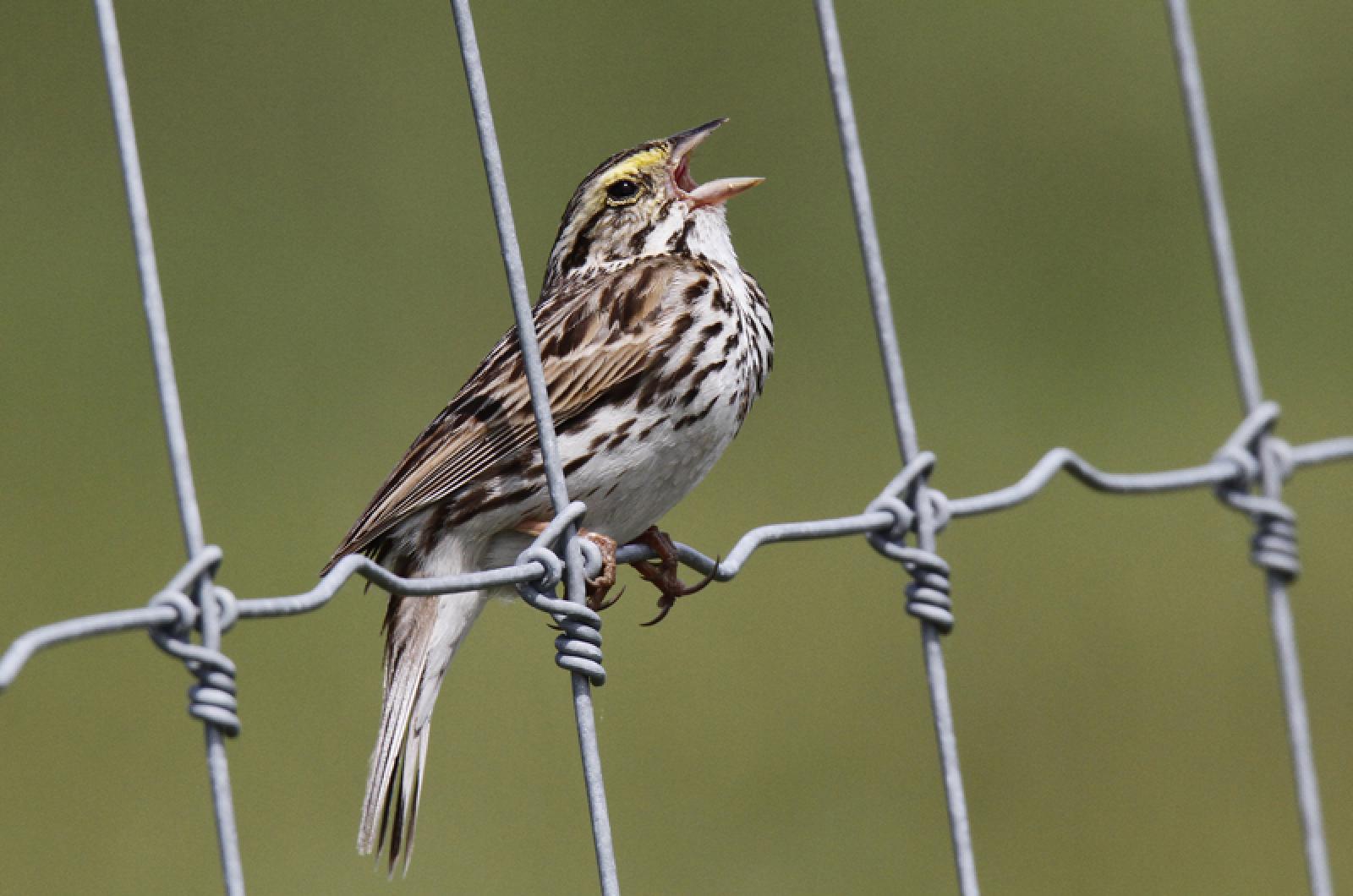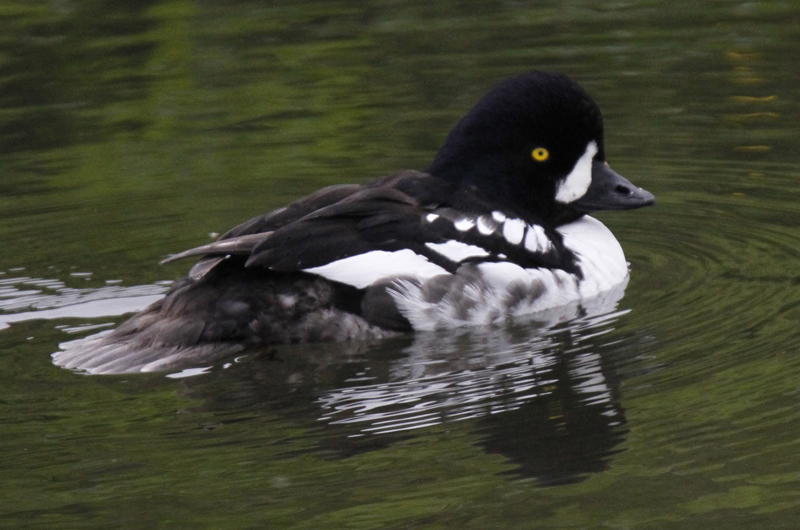Birdsong is on the increase. Various observers have reported that Carolina wrens, tufted titmice, black-capped chickadees, white-breasted nuthatches, northern cardinals and song sparrows have all started singing this week. And more species will start singing in the coming weeks — a sure sign of the coming spring.
Songs are not the call notes and alarm notes that we hear throughout the year. Black-capped chickadee call notes are the familiar chickadee-dee-dee, while its song is the less familiar cleanly whistled fee-bee. The latter is used to defend breeding territories and to attract mates, and so is given more frequently during the breeding season.
Birds are singing now because of increasing day lengths. The winter solstice (Dec. 21) is the shortest day of the year, with the sun rising at 7:05 and setting at 4:14, and daylight lasts nine hours and nine minutes. On Jan. 25 the sun rose at 6:59 (the first time it has risen before 7 a.m. since Dec. 12) and daylight will last for almost nine hours and 49 minutes. This additional 40 minutes of daylight causes changes in the birds’ physiology, which triggers them to start singing.
There will be more signs of the approaching spring as the winter progresses.
Bird Sightings
A snowy owl has been seen this week. Lenny Hall is the latest to see the immature heavily streaked individual, on Jan. 22, though it had moved around the corner from Leland Beach to Norton Point Beach. The mostly all-white male has not been reported since Jeff Bernier’s sighting on Jan. 15.
Michael Blanchard brought an article about snowy owl flight to my attention this week. Researchers are using powerful microscopes to study feathers on an owl’s wing, identifying unusual structures on the leading and trailing edges as well as the upper surface; these structures explain why owls fly silently. They are trying to apply these ideas to make wind turbine blades quieter so they can spin faster, making more electricity with less noise. They are also trying to apply these ideas to airplanes so they can fly more efficiently. Will we ever stop learning from nature?
Maria Thibodeau spotted a Cooper’s hawk, a common loon, red-breasted merganser and mute swans on the foggy morning of Jan. 22.
Also on Jan. 22, Catherine Deese saw a brown creeper on a tree trunk at her house. Mariah BenDavid also spotted one at her house that day, and I found one at my house on Jan 21. That is a lot of sightings for this normally elusive species.
Ken Magnuson spotted a distant male Barrow’s goldeneye from the boat-launching ramp at the end of Pease’s Point Way in Edgartown on Jan. 20. Two days later he and Lanny McDowell went back and got closer looks at the Barrow’s, which closely resembles the much more common common goldeneye.
On Jan. 20, Albert Fischer spotted some snow geese flying over at Philbin Beach — always a good find on the Vineyard. He also spotted harlequin ducks, purple sandpipers, and long-tailed ducks.
Southbound migration is pretty much over but there are plenty of birds to find; please look for them and report your sightings to birds@mvgazette.com.
Robert Culbert leads Guided Birding Tours and is an ecological consultant living in Vineyard Haven.










Comments
Comment policy »